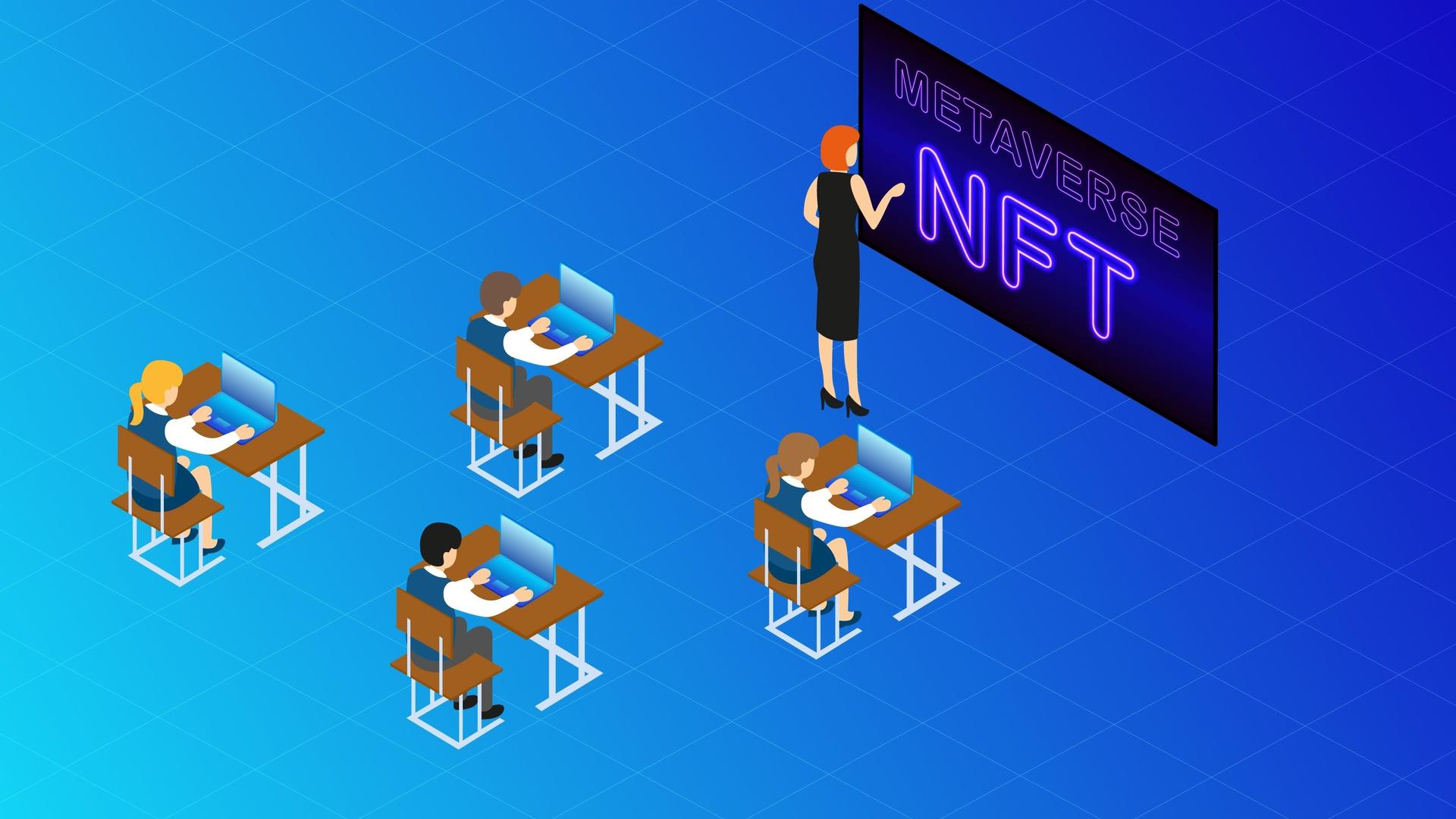Published January 15, 2023

The role of non-fungible tokens (NFTs) in education is a topic of much debate among experts in the field. On one hand, NFTs have the potential to revolutionize the way we think about and deliver education. On the other hand, there are concerns about the long-term implications of NFTs and the potential for them to be used in ways that undermine the integrity of the education system. In this article, we will explore both sides of the argument to gain a better understanding of the potential and limitations of NFTs in education.
Benefits of NFTs in Education
Proponents of NFTs in education argue that they have the potential to revolutionize the way we deliver education. One of the key benefits of NFTs is that they can be used to create digital assets that are unique and cannot be replicated. This means that educators can create and distribute educational content in a way that is secure and cannot be easily copied or stolen. Additionally, NFTs can be used to create digital badges and certificates that can be used to verify that a student has completed a course or program. This can be especially beneficial for students who are looking to enter the workforce, as it can help them to stand out from the competition and demonstrate their qualifications to potential employers.
Accessibility is a Boon
Another potential benefit of NFTs in education is that they can help to make education more accessible to people around the world. Traditional education systems often require students to be physically present in a classroom, which can be a barrier for many people. With NFTs, students can access educational content from anywhere, at any time, as long as they have an internet connection. This can be especially beneficial for people who live in remote areas or who have disabilities that make it difficult for them to attend traditional classes.
Concerns about NFTs in Education
However, there are also concerns about the long-term implications of NFTs in education. One of the key concerns is that NFTs may be used to create a two-tiered education system in which students with access to NFTs are given an unfair advantage over those without access. This could lead to a situation in which only the wealthy and privileged have access to the best educational opportunities, while the rest of the population is left behind. Additionally, there are concerns that the use of NFTs in education could lead to the commodification of education, in which education is treated as a commodity to be bought and sold rather than a public good.
Integrity of the Education System
Another concern about NFTs in education is that they may be used to create fake credentials and degrees. This could lead to a situation in which people are able to buy fake degrees and credentials, which could undermine the integrity of the education system. Additionally, there are concerns that the use of NFTs in education could lead to the erosion of privacy, as personal information about students could be collected and sold without their consent.
Final Words: Complicated and Multifaceted Issue
In conclusion, the role of NFTs in education is a complex and multifaceted issue. While there are potential benefits of NFTs in education, such as increased accessibility and security, there are also concerns about the long-term implications of NFTs, such as the potential for a two-tiered education system and the erosion of privacy. It is important that educators, policymakers, and other stakeholders carefully consider the potential and limitations of NFTs in education in order to ensure that they are used in ways that are in the best interest of students and society as a whole.



